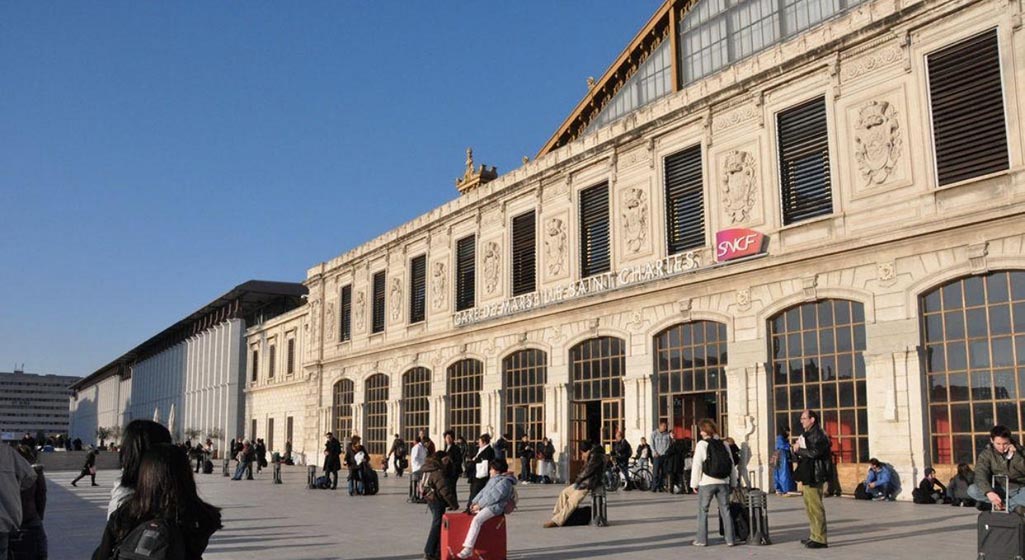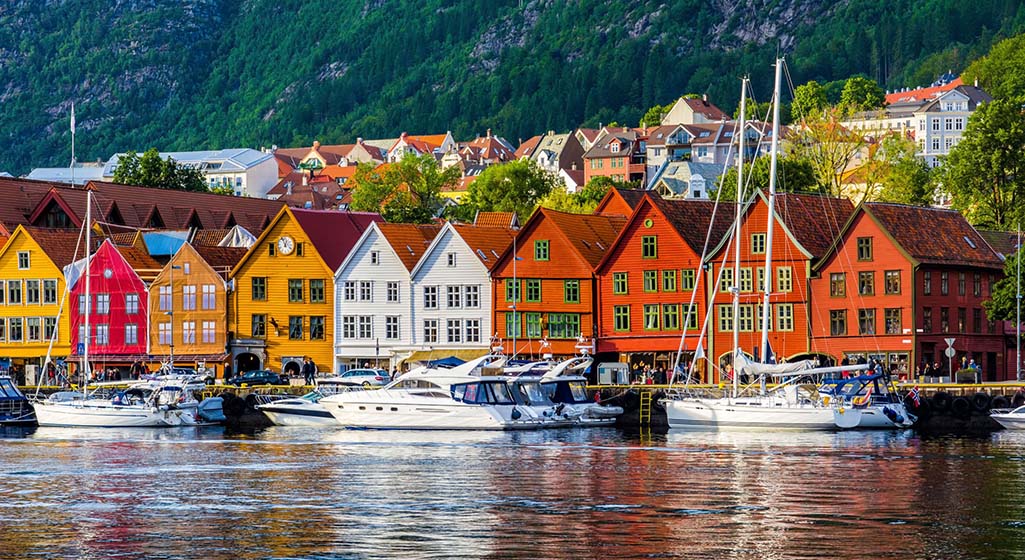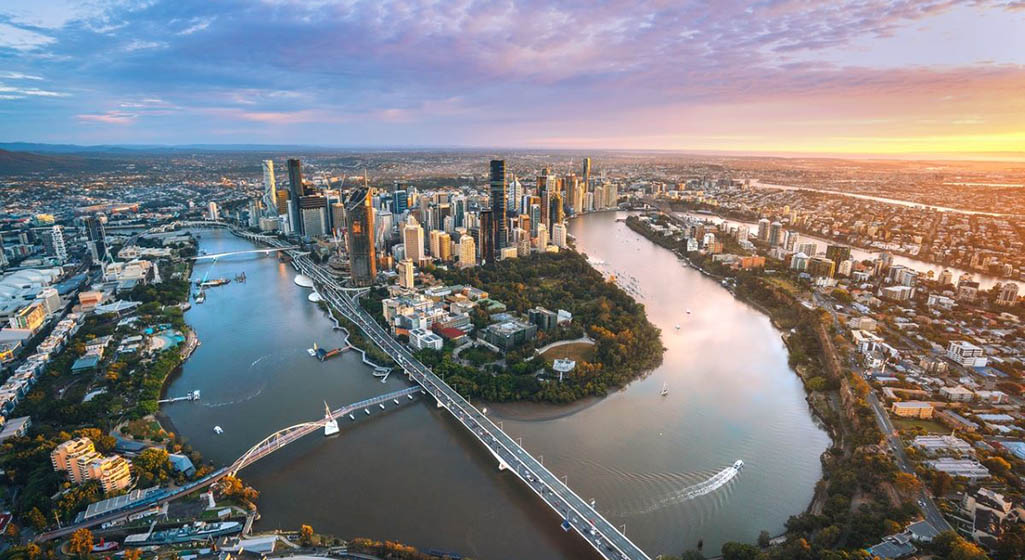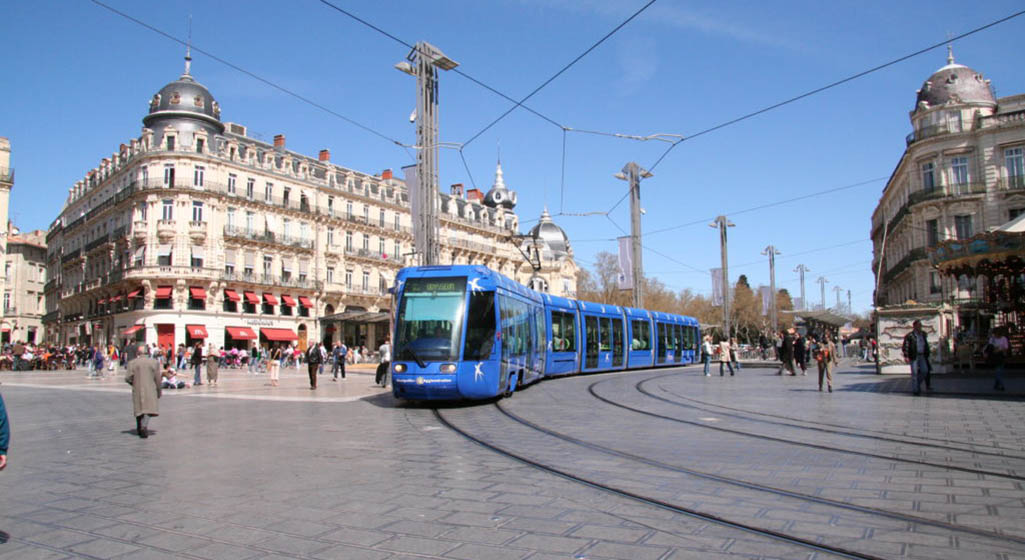Before setting foot in Marseille, this southern Mediterranean port city of France was merely a sun-drenched patch of blue on the map for me. But as I stepped off the plane at Marseille Provence Airport and walked into the warm early summer breeze, I realized that Marseille is more than just a symbol of seaports and the Côte d’Azur. It’s a city with a complex and multi-layered personality. I wanted to share my personal experiences since arriving—particularly regarding transportation, safety, and local customs. Hopefully, these insights will help you integrate into the city more quickly, avoid pitfalls, and enjoy a safer, smoother journey.
1. Getting from the Airport to the City Center: A Full Guide to Transportation
Marseille Provence Airport is located about 25 kilometers (around 16 miles) northwest of the city center. After landing, one of my first priorities was figuring out the best way to reach downtown Marseille—balancing speed, cost, and convenience. Thankfully, there are several reliable options available for all types of travelers, whether you’re on a budget, arriving late, or planning to explore beyond the city.
1. Airport Shuttle (Navette Aéroport) – Best Value Option
Running every 15 to 20 minutes from early morning until late evening, the airport shuttle is my top recommendation for budget-conscious travelers. The shuttle goes directly to Marseille’s central Saint-Charles train station, taking about 25 to 30 minutes depending on traffic. A one-way ticket costs around €10, and tickets can be purchased at kiosks or online. The bus has comfortable seats, air-conditioning, and a large undercarriage for luggage, making it a very traveler-friendly choice. I met a few other tourists on board who shared restaurant tips and hidden spots to visit. It’s a no-fuss, no-reservation-needed option—just follow the signs outside the terminal and hop on.
2. Taxis and Ride-Hailing Apps – Ideal for Late Arrivals or Group Travel
For those arriving late at night or traveling with lots of baggage or family members, taking a taxi or using apps like Uber or Bolt might be more convenient. The ride into central Marseille typically takes about 25 to 35 minutes, depending on traffic and exact destination. The fare ranges between €45 and €60, but surge pricing can apply during peak hours or holidays. Official taxis are clearly marked and easy to locate outside the arrival terminal—look for the illuminated taxi signs and check that the driver uses a meter. I once arrived after midnight, and the peace of mind from a direct ride to my hotel was worth the extra cost.
3. Renting a Car – Best for Exploring Provence
If your trip includes destinations like Aix-en-Provence, Cassis, or the Luberon villages, renting a car is by far the best choice. The airport has all the major rental companies, including Hertz, Avis, Europcar, and Sixt, located just a short walk or shuttle ride from the terminal. Booking in advance online ensures better rates and faster service upon arrival. Make sure to check for tolls along your planned routes and remember that parking in Marseille’s city center can be tight and expensive. I always take photos of the vehicle from all angles when I pick it up—this saved me once when a minor scratch was wrongly attributed to me during return.
2. City Transportation: What to Know About Buses, Metro, and Walking
While Marseille’s historic core is compact and walkable, the city’s steep hills and wide layout make public transportation a smart choice—especially when venturing beyond the Old Port area or reaching hillside landmarks. I found that combining walking with public transit gave me the best of both worlds: leisurely exploration and efficient mobility.

1. RTM Network: The City’s Transit Backbone
The RTM (Régie des Transports Métropolitains) operates a comprehensive public transport system that includes 2 metro lines (M1 and M2), 3 tram lines, and an extensive bus network. The metro is clean, efficient, and safe, with trains running every few minutes during the day. If you’re planning multiple trips, I recommend buying a 24-hour (Ticket Jour) or 72-hour pass, which offers unlimited access across the network and saves money. These can be bought at ticket machines, metro stations, or via the RTM app. I used the metro daily to reach neighborhoods like Le Panier, La Joliette, and Prado, which were too far to walk comfortably from the Old Port.
2. Walking Around the Old Port
Marseille’s Old Port (Vieux-Port) is the heart of the city, and strolling its promenade was one of the highlights of my trip. Lined with historic buildings, fish markets, and boat-filled docks, the area is especially vibrant in the mornings and at sunset. I spent an entire afternoon exploring side alleys, discovering quirky shops selling lavender soap, Provençal fabrics, and artisanal olive oil. Along the way, I found cozy cafés, street performers, and an open-air art exhibit near the MuCEM. Just be prepared for uneven cobblestones and bring comfortable walking shoes—the charm of Marseille is best experienced slowly, on foot.
3. Watch for “Closures” and Strikes
France is known for its organized labor strikes, and Marseille is no exception. One morning, I planned to take a bus to Luminy to hike to the Calanques, but all public transit was canceled due to a last-minute strike. I ended up sharing a cab with two other stranded hikers, which turned out to be a fun adventure in itself. Still, it’s crucial to check the RTM website or app before heading out, especially if you’re traveling to a remote location or on a tight schedule. Strike disruptions often affect multiple lines at once and may not have clear end times, so having a Plan B is always smart.
3. Safety: Staying Vigilant in a Complex City
Marseille stands out in France—full of life, yet slightly rugged. As a major Mediterranean port, it blends multiple cultures, which naturally brings some safety concerns.
1. Pickpockets: The Most Common Tourist Risk
In busy areas like the Old Port, Saint-Charles Station, and the markets, I was often warned about pickpockets. I nearly fell victim near the Old Port—a child asked me for directions while another moved close to my bag. Thankfully, I always keep valuables in inside pockets and use an anti-theft backpack.
2. Going Out at Night: Choose Your Area Wisely
Some neighborhoods, like the northern Quartiers Nord, are not recommended at night. Even in busier areas like Castellane or around the train station, you’ll want to watch for intoxicated or suspicious individuals. I advise taking a cab at night—especially if you’re alone.
3. Protests and Street Demonstrations
Political demonstrations are common in France, and Marseille is no exception. I once encountered a massive protest against pension reform that shut down several streets. Although peaceful overall, it’s best to avoid these gatherings to stay out of trouble.
4. Local Customs and Culture: Understanding Is Key to Blending In
Experiencing a city goes beyond taking photos and eating great food. It’s about tuning into its rhythm. Compared to Paris or Lyon, Marseille has a more relaxed, direct, and Mediterranean spirit.
1. Greetings Matter
“Bonjour” is your magic word for entering any shop or restaurant. Walk into a bakery silently, and you may receive cold service. Say “Bonjour,” and suddenly, the clerk is warm and helpful. I also found that using a few French phrases—even poorly—made a big difference in building rapport.
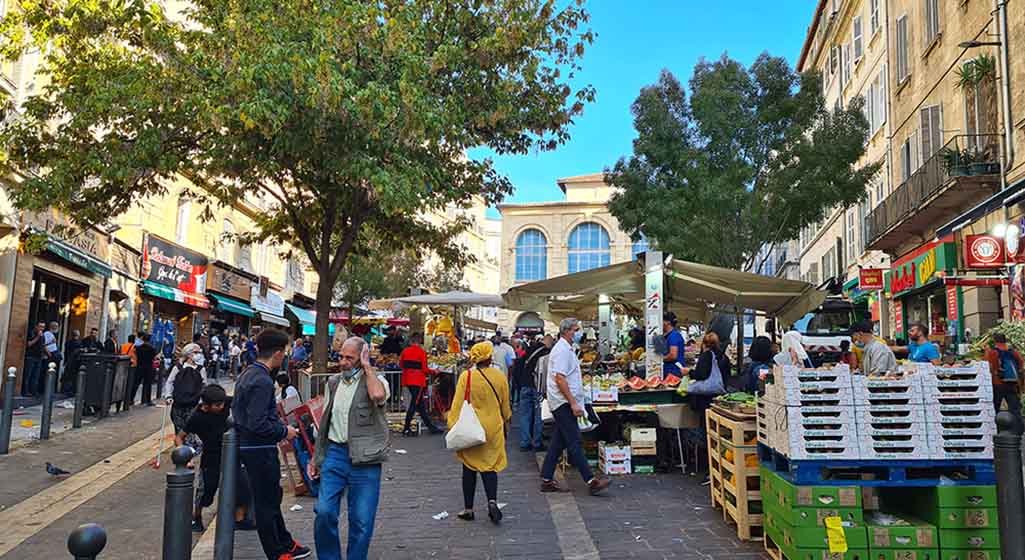
2. Meal Times Are Sacred
Most restaurants serve lunch between 12:00 and 2:00 p.m., and dinner starts after 7:00 p.m. I once searched for a restaurant at 3:00 p.m. and found nearly everything closed. Plan your meals accordingly, or head to one of the all-day cafés by the harbor.
3. Haggling Isn’t the Norm
Markets like Marché de Noailles or the Old Port’s fish stalls offer an authentic vibe, but unlike in Asia, bargaining isn’t common. Unless you’re buying in bulk, it’s best to respect the posted price. However, friendly small talk can sometimes get you a freebie or a smile.
5. Marseille Impressions: A City of Contrasts and Beauty
In my first few days, Marseille captivated me with its warmth and sometimes frustrated me with its chaos. It’s a city of contrasts: stunning sea views and sunsets, alongside messy streets and graffiti; Mediterranean romance next to complex urban realities.
But these very contrasts make Marseille real and unique. It’s not polished like Paris or touristy like Nice—it embraces the world in its own way. I slowly learned how to get along with the city—respecting its pace, understanding its quirks, and admiring its raw beauty.
6. Final Travel Tips for First-Time Visitors
Here’s a quick summary of key tips for navigating your first trip to Marseille:
- Plan transportation ahead, especially around holidays or potential strikes.
- Stay alert with your belongings—an anti-theft bag and inner pockets are lifesavers.
- Respect local rhythms, including greetings, meal times, and store hours.
- Avoid sketchy areas at night and use official transport or taxis.
- Learn a few basic French phrases—even “Bonjour” and “Merci” go a long way.
As I walked the streets of Marseille, felt the sea breeze at the Old Port, and watched the sun set over the golden dome of the basilica, I came to realize that this city, though imperfect, has a raw authenticity and vibrant spirit. It welcomes anyone willing to see it with an open heart—and turns every journey into something unforgettable.
